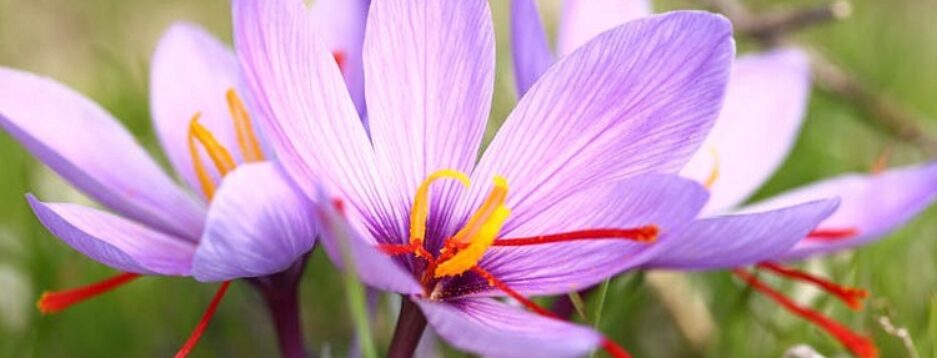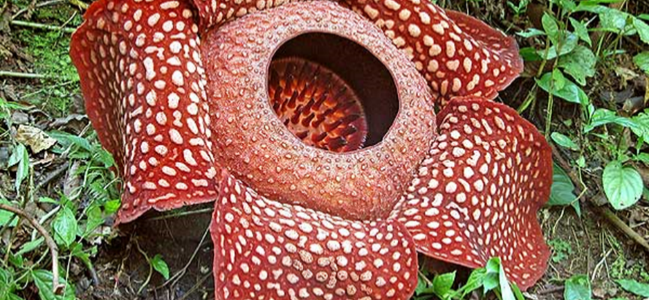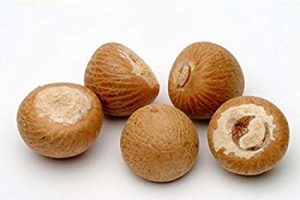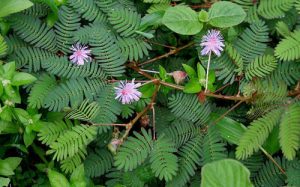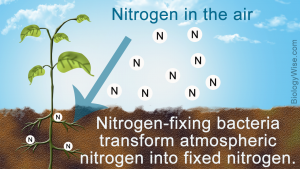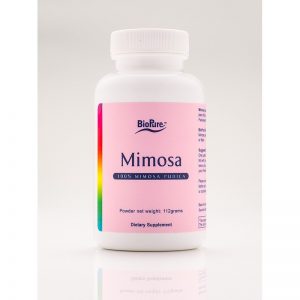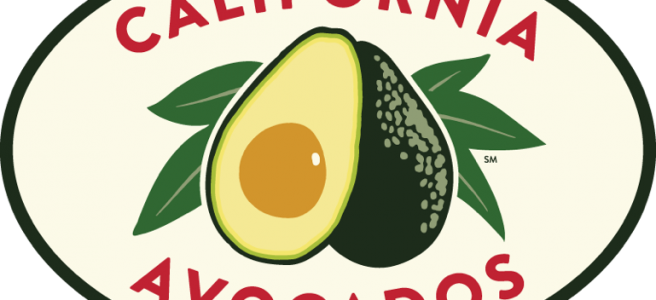The weirder parts of any scientific field always catch my interest. So of course to satisfy this curiousity, I typed “Weirdest plants” into Google t and stumbled upon Rafflesia arnoldii, more commonly known as the stinking corpse lily. This is not the first time that I’ve have heard of this plant, but the only thing I knew about it was that it smelled bad.

The first report of the stinking corpse lily was published in 1821 by botanist Robert Brown. It is native to Indonesia and Malaysia. Rather than sustaining itself, the stinking corpse lily instead opts to steal water and nutrients from from the plants in the Tetrastigma genus. In fact, all the species in the family Rafflesiaceae are parasites of the species in Tetrastigma. There aren’t many plants that are parasitic, in fact they make up only about 1% of flowering plants.
Weird thing #1: The anatomy. The only physical plant feature that Rafflesias have is a vascular system. They are missing everything else that a plant usually has; stems, leaves, roots, and the ability to do photosynthesis. Instead, Rafflesia arnoldii spreads underground with thin fibrous roots more akin to the mycellium of a fungus. As these fine roots spread they invade their host plants roots. After a couple months of taking water and nutrients from its host, an oddly cabbage-like bud begins to emerge from the ground. It takes up to 21 months for this bud to fully grow. And then the flower finally emerges…and then only lasts for a week.

Weird thing #2: The genetics. Classifying these plants was and still is a nightmare for botanists. Genetically speaking Rafflesia is the only genus of parasitic plants to contain no remnant of the chloroplast genome (well, that explains why they cannot do photosynthesis). Also, missing are common identifying plastid genes. So, it looks and “behaves” nothing like a plant, and it doesn’t reveal to us it’s genetic relation to other plants. It even steals mitochondria from the host plant.
Weird thing #3: The smell. Imagine giving a bouquet of these to someone you care about. Firstly, good luck because these flowers weigh up to 24 pounds and are up to 3 feet in diameter. Secondly, they smell of rotting flesh so it is more likely to repulse rather than endear the luck recipient. The smell of the stinking corpse lily comes from a combination of over 30 different volatile organic compounds (VOCs). Two of the biggest contenders for smell are trimethylamine, which is known to smell like dead fish, and isovaleric acid, which smells like the cheese that you forgot about in your refrigerator for 3 months. The smell isn’t meant for us however, it is meant to attract the main pollinators of Rafflesia arnoldii, carrion flies and beetles.
However, somewhere in this myriad of compounds, there are potential medicinal uses. People that live in Peninsular Malaysia have used the buds of the Stinking Corpse Lily to stop internal bleeding and shrink the womb after childbirth, as well as a way to treat fevers. The men of Peninsular Malaysia would use it as an aphrodisiac and an energy drink. I don’t know why anyone would even think to try this as an aphrodisiac, but if it works then who am I to judge? A study from 2009 also found that a plant extract increased the speed at which wounds healed in rats.

References:
• Meijer, W. “Rafflesiaceae”. Flora Malesiana – Series 1, Spermatophyta 13, no. 1 (January 1997): 1–42.
• Mabberley, David J. “Robert+brown on Rafflesia”. Blumea: Biodiversity, Evolution and Biogeography of Plants 44, no. 2 (January 1999): 343–350.
• Abdulla, Mahmood A., Khaled A. Ahmed, Hapipah M. Ali, Suzita M. Noor, and Salmah Ismail. “Wound Healing Activities of Rafflesia Hasseltii Extract in Rats.” Journal of Clinical Biochemistry and Nutrition 45, no. 3 (2009): 304–8. https://doi.org/10.3164/jcbn.09-17.
• Molina, Jeanmaire, Khaled M. Hazzouri, Daniel Nickrent, Matthew Geisler, Rachel S. Meyer, Melissa M. Pentony, Jonathan M. Flowers, et al. “Possible Loss of the Chloroplast Genome in the Parasitic Flowering Plant Rafflesia Lagascae (Rafflesiaceae).” Molecular Biology and Evolution 31, no. 4 (2014): 793–803. https://doi.org/10.1093/molbev/msu051.
• Rafflesia arnoldii page. Accessed March 22, 2021. https://parasiticplants.siu.edu/Rafflesiaceae/Raff.arn.page.html.
• Sugden, A. M. “ECOLOGY/EVOLUTION: Revealing Relationships.” Science 303, no. 5659 (2004). https://doi.org/10.1126/science.303.5659.731b.
• Wicaksono, Adhityo, Sofi Mursidawati, Lazarus A. Sukamto, and Jaime A. Teixeira da Silva. “Rafflesia Spp.: Propagation and Conservation.” Planta 244, no. 2 (2016): 289–96. https://doi.org/10.1007/s00425-016-2512-8.
• “Rafflesia arnoldii (corpse flower)”. Plants & Fungi (blog). Kew Botanical Gardens. 2011. Archived from the originalon 2014-02-20. Retrieved 29 October 2020. note: unverified errata info possibly from Mabberley (1985)
